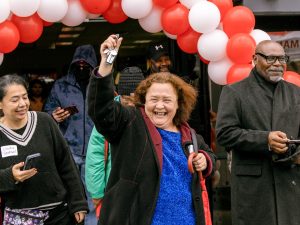The Northwest and Intermountain Divisions, in partnership with Territorial Emergency Services and Montana VOAD, conducted a three-day training in June for Salvation Army officers and key disaster personnel throughout the State of Montana. The first day emphasized building internal capacity for all Salvation Army units within the two divisions. The goal of the second and third days was to build statewide capacity among the government and non-governmental sectors active in disaster.
Resiliency in rural, frontier and tribal communities was an overarching theme of the gathering. The group examined how small, remote communities across Montana can plan for a major incident. Participants from across the state identified their local community-based and faith-based organizations as vital resources for community resiliency, similar to the current trend in urban neighborhood planning. A local panel presented a case study on the Roaring Lion Fire, which burned 8,300 acres and destroyed 16 homes outside of Hamilton, Montana, in 2016.
Missoula City/County Emergency Management provided the disaster scenario for a large group table-top exercise, facilitated by John Berglund, Western Territory Emergency Services Director. Partnership with Native Americans presented a panel discussion among Montana tribal representatives on how to work with native cultures, facilitated by Mark Ford, Director of Gifts and Partnerships. The core values of humanitarian assistance were also presented and discussed, along with the International Code of Conduct and The Humanitarian Charter. Within an urban context, Tameka Sharp, Emergency Services Program Specialist at National Headquarters, shared recovery successes and challenges from her experience in New York City during Hurricane Sandy. A second statewide summit is planned for June 5–7, 2018, in Bozeman, Montana.












